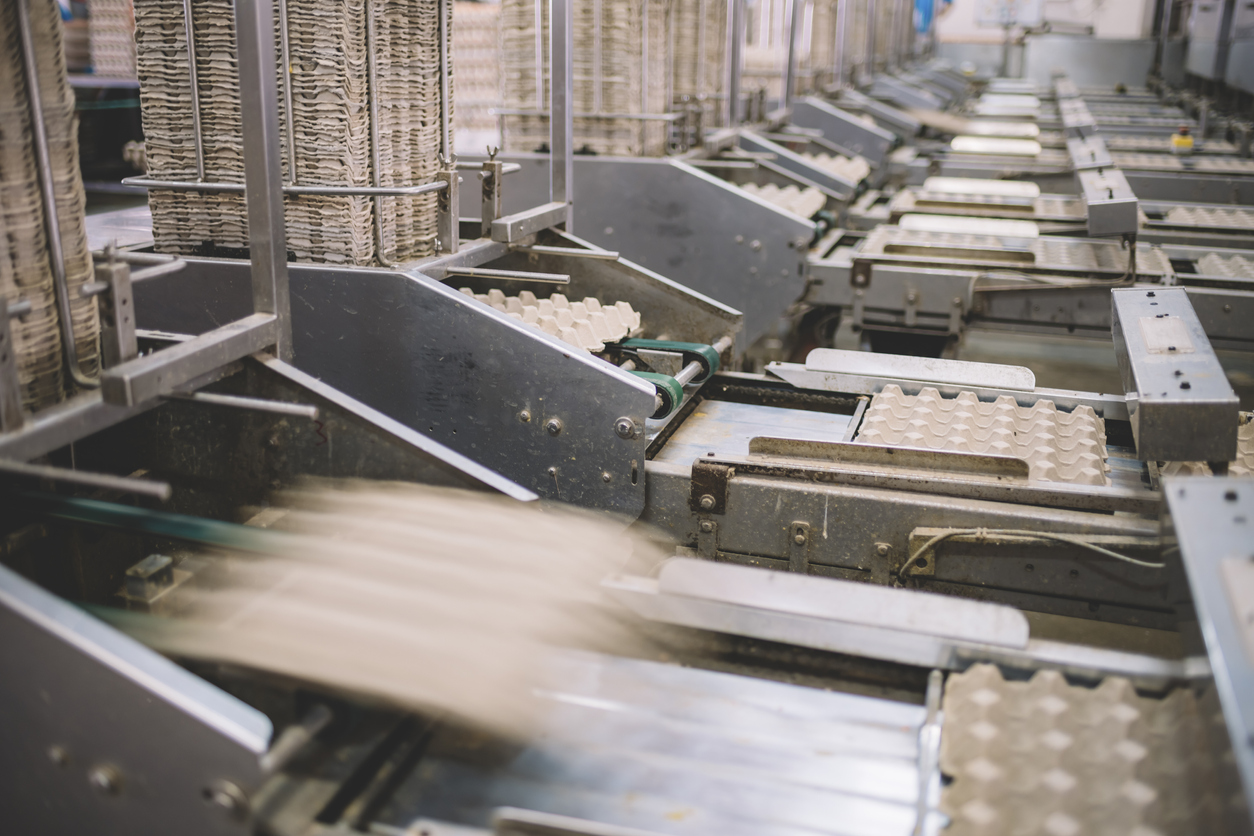The agriculture, food, and related industries contributed $2.1 trillion to the U.S. economy in 2021, with Americans spending more than an average of 10% of their household budgets on food, according to the most recent figures from the U.S. Department of Agriculture (USDA). This overall percentage is expected to rise with the high cost of food this year due to several factors including inflation, supply chain disruptions, higher shipper costs, and the war in Ukraine. According to the Bureau of Labor Statistics, over the last 12 months, grocery prices soared 13.1%. For example, the cost of eggs has soared 38%, flour is up 22.7%, chicken 17.6%, milk 15.6%, ground beef 9.7%, and bacon 9.2%. the price of fruits and vegetables have risen by 9.3%.
Among the sectors that make up this industry is food and beverage manufacturing. In 2019, according to the USDA, food and beverage manufacturers employed 1.7 million people, a bit more than 1.1% of all U.S. non-farm employment. Employees in thousands of food and beverage manufacturing plants across the country transform raw agricultural materials into products for intermediate or final consumption.
Consumer Trends in the Food Industry
NielsenIQ earlier this year provided an analysis of certain consumer trends in the food industry, including the following.
- To combat the higher cost of food, consumers are swapping out higher-priced items for more affordable ones.
- Consumers today want more convenience when it comes to food prep because of their busy lives with work and family. The food industry has responded with pre-made, frozen meals that are much tastier.
- They also want to see more responsible sourcing of food from manufacturers. When looking at food packaging, some of the specific attributes customers care about include biobased packaging claim certifications, eco-friendly certified, reef safe (seafood products), and sustainable farming certification, among others.
- Consumers also want food companies to have greater transparency about their supply chain and manufacturing processes. The more information a company provides the better. For example, if there are genetically modified organisms (GMOs) present in the food, customers want to know. Some states require GMO labeling while others do not. Consumers, regardless of regulations, want to make informed decisions about the food and beverages they consume.
- Increasingly more people want to experience foods from other cultures. The food industry has responded by bringing global flavors into the homes of Americans.
- Plant-based and non-dairy foods have gained popularity. Consumers are incorporating vegetarian and vegan meals into their diet.
Other Trends in the Food Manufacturing Industry
The use of robotics in the food industry, such as pick-and-place packaging machines, is becoming more common. Robotics can assist in manufacturing, packaging, and even distribution, helping to reduce costs and increase efficiency. Robotics can also contribute to food safety and hygiene as well.
A focus on safety is indeed becoming increasingly top of mind in the industry. In addition to strict government regulations that manufacturers must adhere to, a company’s brand reputation is at a stake. Manufacturers are employing more stringent safety standards to minimize the possibility of contaminants. There is also increased product testing to ensure compliance with regulations.
Addressing Exposure to Risk
There are many exposures that the food manufacturing industry faces, including on the property side, such as property damage, food spoilage, and equipment failure. Seneca Insurance Company provides food manufacturing insurance for a number of industry classes, including frozen food, frozen meat and seafood, condiments, dry goods, and miscellaneous items (dumplings, pizza dough, tortillas). We write accounts from $3 million to $100 million in annual sales.
Coverages available include Food Spoilage, Ordinance or Law, and Equipment Breakdown. We can write up to $50 million TIV per location.
With each account submission, we need information regarding the insured’s HACCP (Hazard Analysis Critical Control Point) plan. The HACCP helps ensure the manufacturer is producing safe food for its consumers and safeguarding its brand’s integrity. In a future article, we will discuss what goes into creating an HACCP plan, which is helpful when reviewing a client’s loss-control protocols and commitment to robust safety measures.

